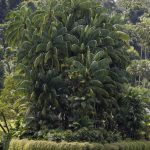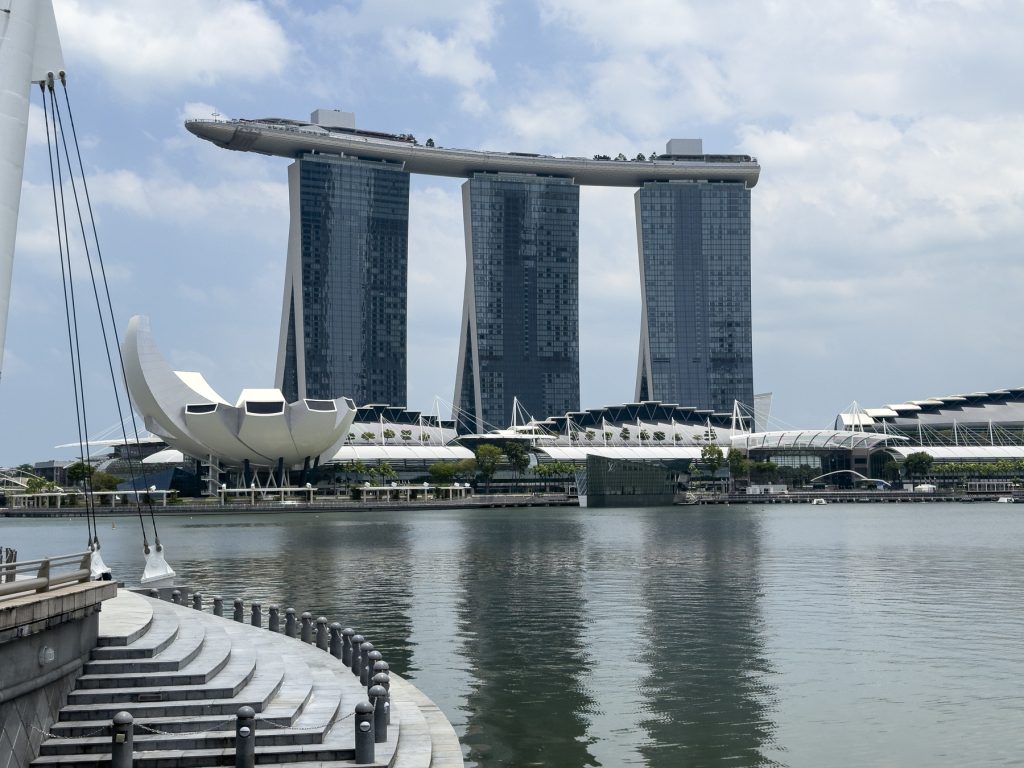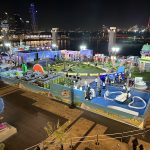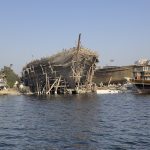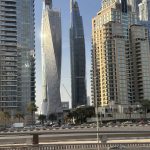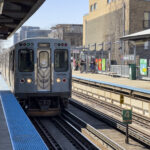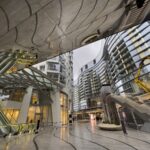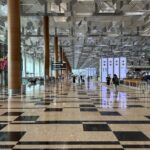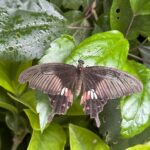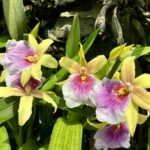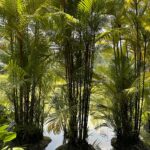During our previous visit we visited the old Jurong Bird Park. We only just caught it, in fact – we visited in October 2022 and in January 2023 it was closed, to be replaced by a new, bigger and better bird park – Mandai Bird Paradise.
Let’s first talk about the former attraction, Jurong Bird Park. This was built in the late 1960s/early 1970s, opening in 1971. It was inspired by a visit by Singapore’s finance minister, Goh Kong See, to a free-fly aviary that was part of Rio de Janeiro zoo when he was visiting that city fir a World Bank meeting. He determined to establish something similar in Singapore so that they would have a place where they could escape from urban life and relax with nature. The park featured three large free-fly enclosures – that is, enclosures that were big enough for people to enter and walk around, in which a specific environment could be created (as far as Singapore’s climate allowed), yet which would have some sort of security system, typically a steel mesh roof, to stop the birds from flying away. In addition to the enclosed free-fly zones there were also areas with specific features, e.g. lakes and ponds, that would be populated by birds that would tend to stay there anyway, without the security. There were lakes for water birds such as flamingos and pelicans, for example, plus of course the mandatory penguin pools.
This park became a huge hit – it was one of the first leisure facilities for the growing population of the newly-independent nation. But in recent years it was beginning to show its age. It was requiring a lot of maintenance; some of the facilities, such a monorail that circulated the park, had reached the end of their lives and weren’t replaced, and away from the free-fly enclosures a number of birds were held in aviaries that no longer looked or felt appropriate. Thinking on how to keep birds in captivity had changed between 1970 and 2010. So it was announced in 2016 that Jurong Bird Park would be replaced a few years later – 2020 was the first target – by a new park that would be bigger, better, and co-located with other wildlife parks in a central area (Mandai) of the island where there would be more space.
In the event the new Bird Paradise didn’t open until spring 2023, due largely to the pandemic. Initially there was a restricted ‘soft’ opening, but by the middle of 2023 it was in full swing, which meant that we’d be able to get there on our 2024 visit. And we did, spending most of the day there.
 We had a good day which we enjoyed. But maybe, just maybe, we found a problem with it, one that’s been alluded to by other visitors: the new enclosures are so good, and so big, that it can be hard to actually see the birds! I was glad that I had my new binoculars. I also had my new(ish) camera and long(ish) lens, which received a lot of use.
We had a good day which we enjoyed. But maybe, just maybe, we found a problem with it, one that’s been alluded to by other visitors: the new enclosures are so good, and so big, that it can be hard to actually see the birds! I was glad that I had my new binoculars. I also had my new(ish) camera and long(ish) lens, which received a lot of use.
My conclusion: it’s worth visiting, but if you’ve got binoculars take them. The park itself is very well laid out, there are facilities such as toilets and water-bottle refill locations in a lot of locations, and a central plaza which in addition to having an outdoor auditorium where bird shows are presented, also has a cafe. Here we had an excellent Chicken Rice meal. But as ever in Singapore, for much of your visit you will be out in the open and dealing with the climate. It’s also quite a long way out: It took us 90 minutes or even a bit more, from leaving the hotel to walking in, what with the walk to the MRT, a good 45 minutes or longer on the MRT, then queuing for the shuttle bus from the MRT to the park and finally the bus ride itself. So a worthwhile and enjoyable day but also quite a hard day.







